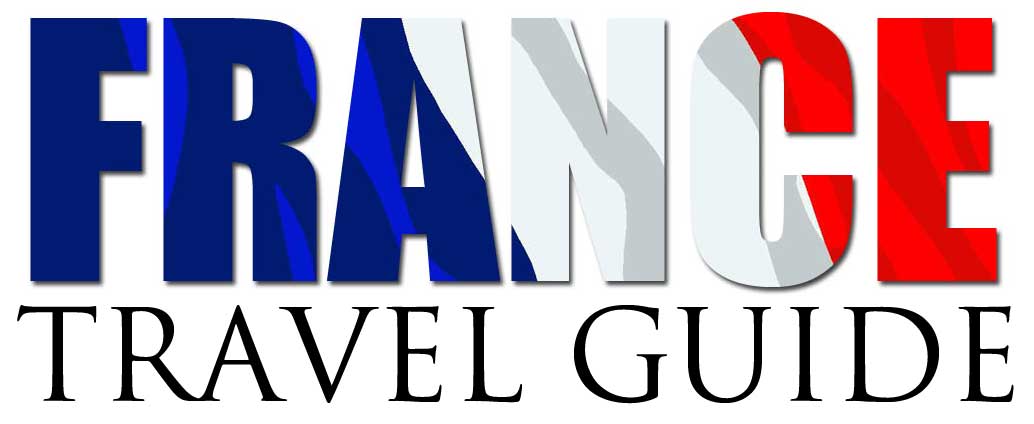FRENCH BREAD
No meal in France is complete without bread whether in the home or a high-end fine dining restaurant. But wandering out in the morning to the local boulangerie is a quintessential delight of holidaying in France.

Traditionally, in any French family someone will always be
deputed to do the morning bread run, returning with a golden baguette, from
which—in time-honoured fashion—they would have torn off the quignon (the
heel) and nibbled it on the way home.
For the French, it’s a way of life, and one of the first things that visiting Brits, especially those self-catering, latch on to—a Frenchman’s daily bread is very much à la mode.
There are few tastes (and smells) that can match an iconic fresh French baguette. Here are a few tips for avoiding embarrassment, or, more to the point, to ensure you get what you want.
Here’s a short guide to French bread:
Baguette: the word means “wand”, and this is the cheapest and most popular bread, varying from excellent to mediocre. It will lasts a day at the most, and comes in three forms: ‘ordinary’, with a crisp golden crust; ‘baguette moulée’, manufactured in an industrial bread oven, and recognised by a fine lattice pattern on the underside; ‘baguette farinée’, which is paler in colour because the crust has been covered with flour before cooking.
Baguette (or pain) aux céréales: a slightly healthier version made from wholegrain flour with added fibre from seeds and grains. Also comes in the form of a pavé — a loaf.
Batard: a half-length baguette.
Brioche: a buttery sweet bread, perfect for bread-and-butter pudding, although it rarely lasts that long!
Couronne: bread in the shape of a ring.
Flute: a fatter baguette, twice the size of a baguette, with a higher ratio of dough to crust. Ficelle: a long and thin baguette, with a lot of crust. The ficelle does need to be eaten promptly as the inside dries out very quickly.
Pain de campagne: ‘country’ bread, suitable for meats, cheeses and soups with a thick crust and dense wholegrain dough, and certain to last more than a day.
Pain complet: wholegrain loaf.
Pain levain: sourdough bread. Slightly acidic, and goes well with strong flavours such as smoked salmon and foie gras.
Pain de mie: is the closest you’ll get to a traditional British (or American) loaf, though you will rarely find it in boulangeries—you’ll have to try the supermarket.
Pain aux noix: as the name suggests, bread spiced with nuts
Pain de seigle: rye bread. Less intense rye flavour than its northern European equivalent, because it is diluted with white flour.
Pain au chocolat is a light buttery individual bread flavoured with chocolate, sometimes called a chocolatine.
Many bakers make bread by their own proven recipes, which means that even a simple baguette will be different from one shop to another.
Bread from French supermarkets needs to be eaten as quickly because generally speaking supermarkets use industrial dough which has been deep-frozen before being baked on the premises. Bread counters selling this kind of bread are not legally allowed to call themselves boulangeries.
SEARCH THIS WEBSITE

Recent Articles
-
Eiffel Tower Facts And Eiffel Tower Information If You Visit Paris
Apr 28, 19 01:12 PM
20 amazing Eiffel Tower facts and alll the essential Eiffel Tower information you need if you're planning to visit this astonishing Paris landmark.
-
Free WiFi in Paris - How to Access Free Internet in Paris France
Apr 22, 19 05:28 AM
Paris WiFi is a free internet service offered by the Ville de Paris. On this page we'll explain how to access free wifi in Paris and free WIFI in France
-
Boating in France Enjoy French Canal Holidays or Hire a Boat in France
Apr 19, 19 02:25 PM
Experience the natural beauty of rural France from its waterways. Boating in France and enjoying French canal holidays offers the ultimate in relaxation.


